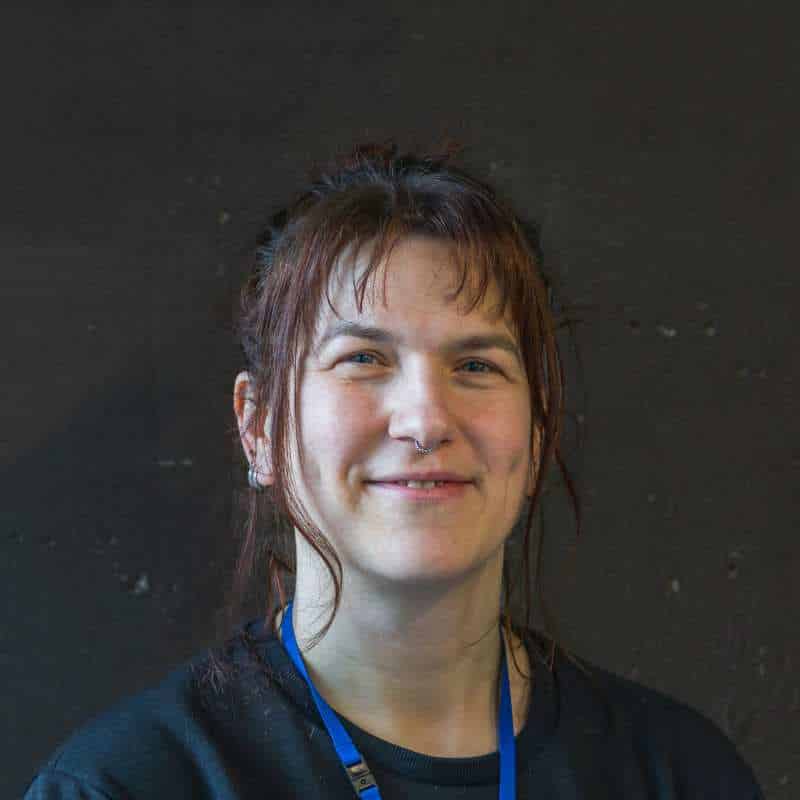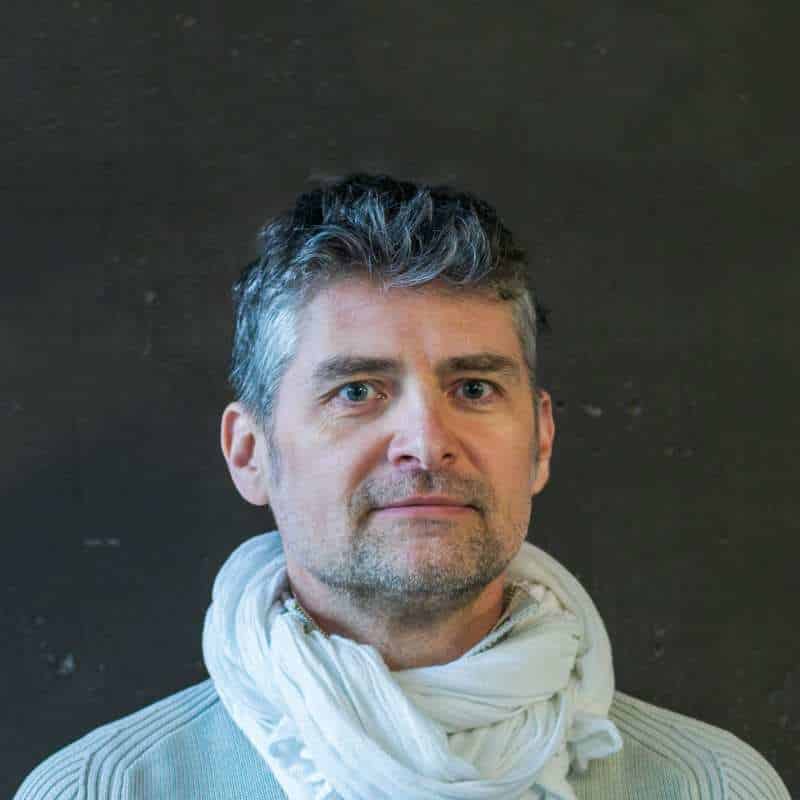Bacillales spores are among the most intriguing life forms: unbelievably resistant, sticky, elusive for our macrophages and sometimes encased in an extravagant balloon-like exosporium. Spores also have an unavoidable impact on our societies. On the one hand, they are the causative agents of fatal diseases such as anthrax and are frequently responsible of food poisoning. On the other hand, they populate our microbiota, are used as vaccines or biocontrol agents, and constitute an incomparable tool in the field of developmental biology.
Decades of study on the model organism Bacillus subtilis allowed us to discover most of the genes involved in spore formation. However, the function of many genes expressed during sporulation, especially those coding for proteins present on the proteinaceous surface layers (PSL) of the spore, remains unknown. Also largely unknown are the molecular mechanisms at work in the sporulation of other Bacillales whose PSL morphology differs widely among species.
My goal is to characterize protein complexes present at the surface of Bacillales spores and to understand their function. During my PhD I developed approaches to directly visualize the development of Bacillus cereus spores PSL using Structured Illumination Microscopy (SIM). In Rut’s lab I will use super resolution fluorescence microscopy, and especially SIM, to follow proteins of particular interest during their assembly at the surface of both B. subtilis and B. cereus spores.










